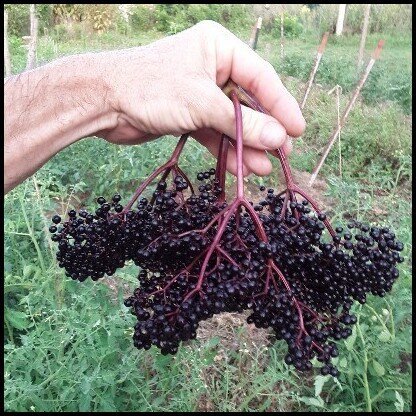Orders come as 3 or 12 rooted divisions.
Scarlet bee balm is a beautiful native wildflower that also makes a wonderful spice and tea plant. The flavor is similar (better, in my opinion) to oregano, and the leaves can be gathered and dried for later use. It is great as a substitute for oregano in any dish that calls for it. The flowers are also edible and are a great addition to wild salads.
Scarlet bee balm is a good candidate for growing in wet soils, and offers flowers pollinated by hummingbirds, butterflies, and hummingbird moths.





